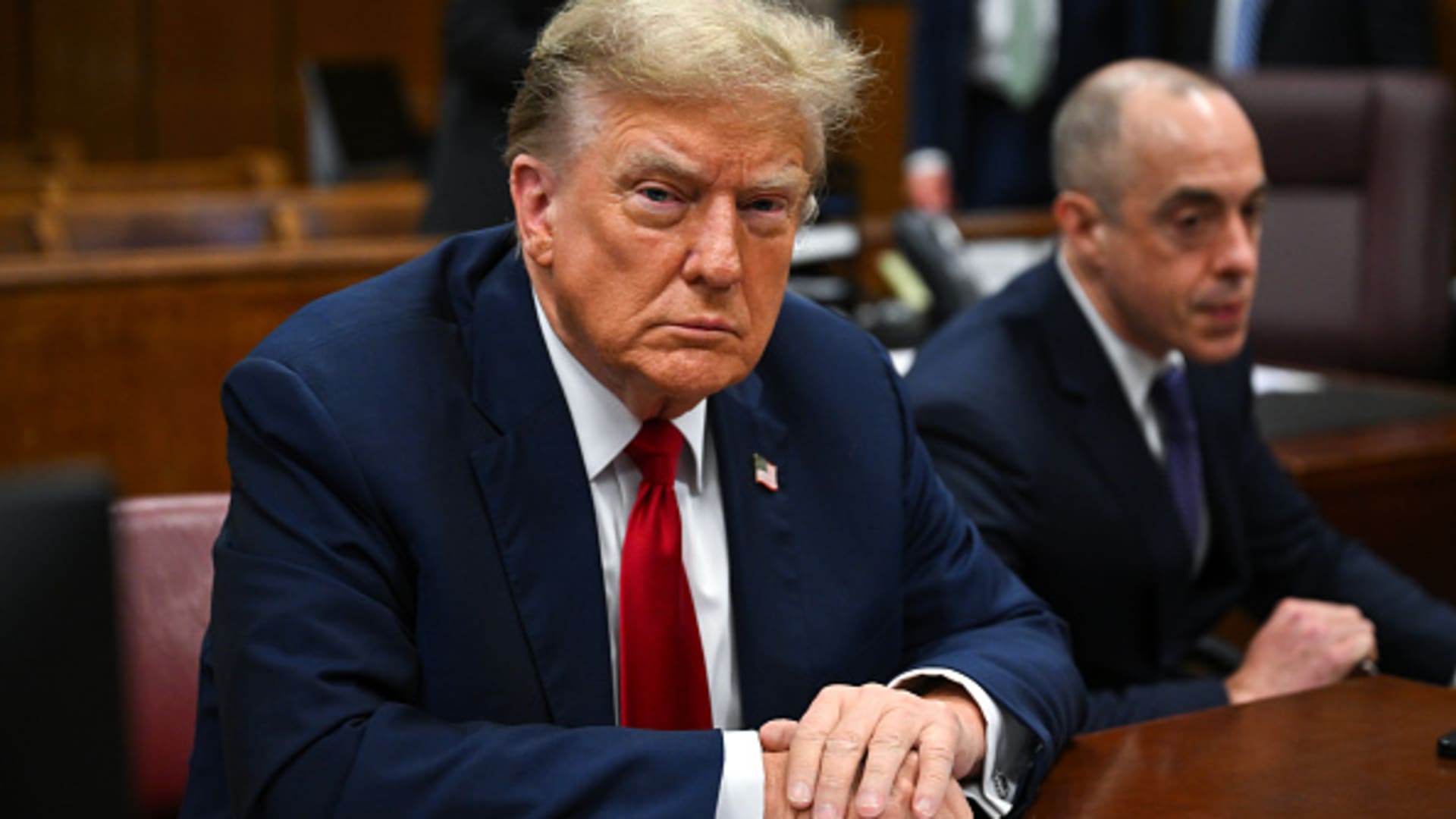
Getty Images
The Biden administration is currently conducting a legal review to determine whether the President has authority to cancel student debt. The review is ongoing, and the White House has not indicated what the results may be, although we may know soon.
But ultimately, the big question of whether Biden will actually cancel student loan debt still remains unanswered. Biden has consistently expressed support for broad student loan forgiveness, but he has pushed back on proposals to cancel $50,000 or more in student loans, as some Democratic lawmakers and advocacy organizations have called for. Biden and others in his administration have argued that a lower level of student debt cancellation — such as around $10,000 — would target the relief towards lower-income individuals. Forgiving $10,000 in student loans would eliminate all outstanding student loans for over 16 million people, and would reduce the balances of another 9 million student loan borrowers by 50 percent.
Still, even if Biden does wind up unilaterally cancelling $10,000 in student loan debt, two-thirds of the over 40 million student loan borrowers across the nation would still have to repay their loans. And it’s unclear at this point whether or not Biden will cancel any amount of student loan debt at all. If Biden doesn’t cancel your student loan debt, there are still other actions his administration could take that could benefit millions of student loan borrowers.
During his presidential campaign last year, Biden repeatedly indicated that he supports revamping the Public Service Loan Forgiveness (PSLF) program, which has been plagued by low approval rates, servicer mismanagement, and complex eligibility criteria that has excluded millions of borrowers from the program. Biden had proposed to make all federal student loans and all repayment plans qualify for PSLF, rather than limiting relief to Direct loans that are repaid under income-driven repayment plans, as is currently the case. He also suggested partial loan forgiveness for every year of public service over the course of the 10-year program, rather than having borrowers wait until the end of the 10-year service period to obtain any meaningful benefit.
A bill called the “What You Can Do For Your Country Act,” sponsored by Senators Kirsten Gillibrand (D-NY) and Tim Kaine (D-VA), would have addressed many problems associated with the Public Service Loan Forgiveness (PSLF) program, although the legislation never went anywhere, and it is unclear whether it could pass the Senate now given a slim Democratic majority and the filibuster, which allows the minority party to block most legislation. It is possible that Biden could enact some meaningful changes to PSLF through executive action, such as by drafting new regulations governing the program under existing statutes.
MORE FOR YOU
The Borrower Defense to Repayment program provides debt relief to students who were misled, defrauded, or otherwise harmed by predatory colleges and universities – often, for-profit schools. However, former Secretary of Education Betsy DeVos created new regulations governing the program that substantially weakened the relief provided to student loan borrowers by increasing the burden of proof required to prevail, imposing partial relief criteria, and enacting a strict statute of limitations. Last year, the Dept. of Education told a federal court that 94% of Borrower Defense applications were denied.
President Biden recently reversed a portion of DeVos’s Borrower Defense policies by granting full relief to borrowers who were approved for debt cancellation, rather than the partial relief that DeVos had approved. This is expected to result in nearly $1 billion in student loan forgiveness for 72,000 borrowers. Biden could go even further, however, by fully reversing the DeVos-era Borrower Defense regulations, rapidly approving pending Borrower Defense applications that qualify for relief, and ending related ongoing class action lawsuits against the Department of Education on terms favorable to student loan borrowers (lawsuits which the Biden administration has, so far, continued to defend in court).
During last year’s presidential campaign, Biden had proposed simplifying the current system of income-driven repayment plans, which consists of a complex array of individual programs that each have their own eligibility criteria, payment calculation formulas, and term lengths. Biden had called for a new income-driven plan that would effectively replace existing plans and require borrowers to only pay 5% of their discretionary income towards their student loans, rather than the 10-20% currently required under existing programs like Income-Contingent Repayment (ICR), Income-Based Repayment (IBR), and Pay As You Earn (PAYE). If implemented, this new repayment plan would reduce even the most affordable income-driven plan payments by 50% or more.
Biden could potentially create a new income-driven plan through the regulatory process, rather than having to rely on legislation passed by Congress. The Obama administration created Pay As You Earn (PAYE) and Revised Pay As You Earn (REPAYE) through this executive process, so there is clear precedent for this.
The temporary suspension of student loan payments and interest initiated by President Trump in response to the Covid-19 emergency, and subsequently extended by President Biden, exemplified the power of the White House to take unilateral action on federal student loans. The Biden administration has indicated that payments will probably resume on federal student loans after the current expiration date on September 30, 2021. But it is possible that Biden could take further action on student loan interest, such as by extending the interest freeze beyond September 30, even if payments resume.
Will Biden Cancel Student Loan Debt? We May Know Soon
College Cancels Student Loan Debt Using Money From Biden’s Stimulus Bill
If You’ve Been Paying Your Student Loans, You May Be Entitled To A Refund

/https://specials-images.forbesimg.com/imageserve/60a7c9c6aa4e25a2bd4708d3/0x0.jpg)



